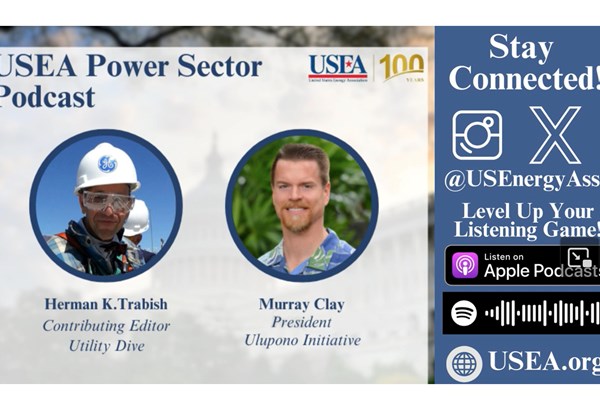Hawaiʻi leads the way in performance-based energy regulation
Feb 11, 2025

Ulupono Initiative President Murray Clay recently sat down with journalist Herman K. Tabish, host of the United States Energy Association’s Power Sector Podcast, to discuss Hawaiʻi’s bold transition to Performance-Based Regulation (PBR) for its electricity sector.
The conversation highlights how PBR represents one of the most significant regulatory shifts in the U.S. power industry in a century and explains Hawaiian Electric’s (HECO) aim to align profits with policy goals such as renewable energy adoption, cost control, and improved customer service. With the state’s goal of reaching 100% clean energy by 2045 and recent data Ulupono collected showing that 91% of Hawaiʻi residents support expansion of renewable energy resources on the islands, the conversation is timely and encouraging.
Some points discussed in the episode include:
- PBR incentivizes high performance, rather than overly focusing on capital investments, and is a good model considering the state’s high electricity costs and renewable energy goal;
- PBR ties utility revenues to performance metrics and introduces performance incentive mechanisms (PIM), which aim to stabilize or lower costs; and
- Despite an initial concern about the impact on the utility’s credit rating, Standard & Poor’s ultimately upgraded HECO’s rating post-PBR implementation.

